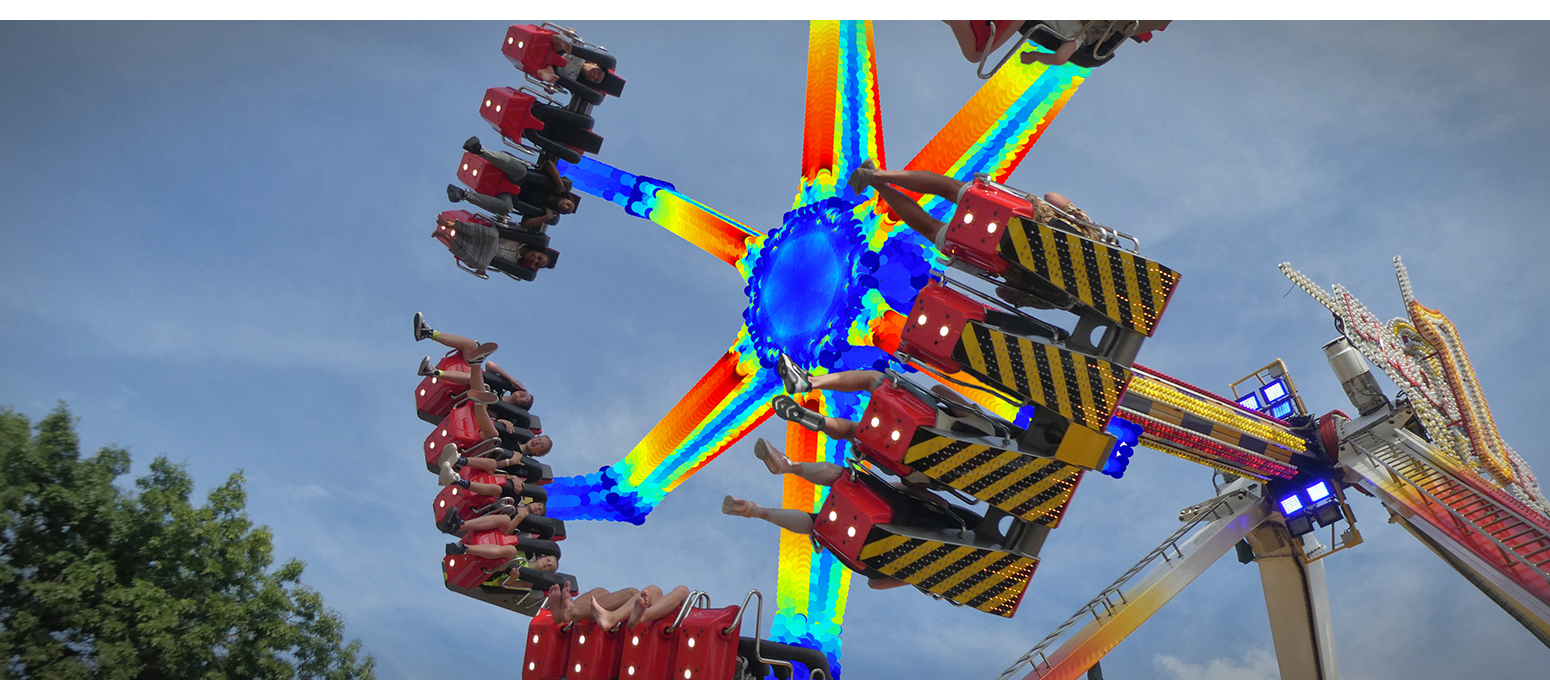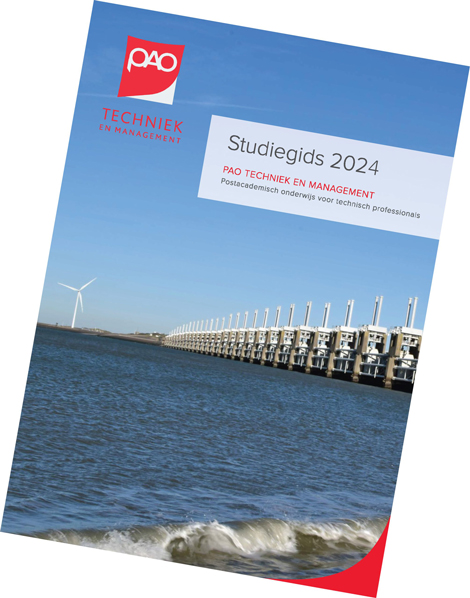Multibody Dynamics: Flexibility
Learn how to simulate both rigid and flexible multibody system dynamics and how linear finite element models of individual flexible components can be reused in the simulation of system dynamics.

Use of finite element models for simulating flexible system dynamics
To ensure the structural integrity of many contemporary mechanical systems, machines and mechanisms, it is important to accurately predict the internal stresses and deformations of critical parts using simulation models. In the course Multibody Dynamics: Flexibility it is discussed which methods are suitable for determining stresses and deformations of components that undergo arbitrarily large movements.
Mechanical analysis of structures whose deformations remain small, can be performed excellently with linear finite element models. However, linear models are not sufficient for large movements. Within the field of Flexible Multibody Dynamics, the so-called Floating Frame Formulation offers an opportunity to combine linear finite element models of individual components in a dynamic analysis of the entire system. In this way unnecessarily inefficient non-linear finite element models can be avoided.
A successful implementation of the Floating Frame Formulation allows one to determine internal stresses and deformations of components during movement. An advantage of this is that arbitrary assumptions about the boundary conditions and quasi-static loads are not necessary. In addition, this method also offers many possibilities for the implementation of further reduction techniques to further limit the calculation time.
Including flexible bodies in system dynamics
The course consists of 2 days on which theoretical aspects will be discussed. In addition, participants themselves get to work setting up flexible multibody dynamics simulations. You can use Matlab (if you have a license yourself) and / or Python (open source) for this.
Day 1: Kinematics & Model Reduction
- Establishing a kinematic model of a system consisting of several flexible bodies in terms of generalized coordinates.
- The reduction of finite element models to the relevant degrees of freedom to enable coupling with the multibody model.
Day 2: Kinetics & model coupling
- Creating a dynamic model of a system consisting of different flexible bodies using the mass and stiffness properties of individual components.
- Carrying out a numerical simulation of the dynamic system behavior in which the equations of motion of the system are solved and the reaction forces are determined.
Intended for
The course Multibody Dynamics: Flexibility is intended for mechanics who are active in machine dynamics, have some experience with multibody dynamics of rigid systems and want to know more about how flexible bodies can be included in system dynamics. If you have no practical experience or are not yet familiar with the theoretical background of multibody dynamics, it is recommended that you first follow the Introduction to Multibody Dynamics course.
In English on request
Do you want to follow the course in English? Please mention this in the remarks field when you register.
Photo: Von Mises stress during motion by Jurjen Blaauw
Course leader
dr. ir. Jurnan Schilder
PAOTM is rated with an average of
Program manager
Why PAOTM
-
The latest post-academic knowledge and skills
-
Focused on questions that arise in a technical environment
-
Interactive and directly applicable in practice
-
Top teachers from science, research and business
Frequently asked questions
Program
Bij een incompany cursus wordt het programma in samenspraak vastgesteld.
Course leader
dr. ir. Jurnan Schilder
PAOTM is rated with an average of
Frequently asked questions
Dates and locations
Deze cursus wordt enkel incompany georganiseerd, er zijn dus geen data ingepland. Neem contact op met de programmamanager voor de mogelijkheden voor jouw organisatie.
Program manager
Investment
Een incompany cursus wordt in samenspraak vastgesteld. Neem contact op met de programmamanager voor een offerte.
Frequently asked questions
Program manager
In-company
Are several employees interested in the same course, do you want to enrich knowledge with the entire team or focus on your own practice? Then an in-company course could be interesting. We are happy to think along with you about the possibilities. PAOTM has extensive experience in organizing in-company courses in many technical fields for a wide range of companies. You can choose to have an existing course organized in-company for multiple employees. However, if you have a specific organizational or departmental issue, we can also design a unique course. For every customized request, we search our network at universities, knowledge institutes and the business community for the right teachers who can provide your team with the desired knowledge. We then put together a course based on your training needs, learning needs and organizational goals.
Curious about the possibilities? Contact one of our program managers or complete the form below. We are happy to make you a suitable offer.
FAQ's
In-company request
"*" indicates required fields
Program manager
In-company courses of PAOTM are rated with an average of
Why In-company
-
A course tailored to your specific needs
-
Get started right away with your own cases
-
Led by top teachers with the most up-to-date knowledge
-
You choose where and when: always efficient
-
The entire team trained simultaneously
-
Customization possible in all our fields
Download the Study Guide
Would you like a complete overview of all our courses and trainings? Download the digital study guide!

Our corporate partners
Subscribe for the newsletter
In our monthly newsletter we inform you by e-mail about courses, trainings, news and developments in the various fields of PAOTM. Select the topics of your interest!
Download the Study Guide
In addition to the course offerings, the Study Guide also contains the themes that we will further develop next year. Would you like a complete overview of our courses and training in your field(s)? Request the Study Guide and receive it digitally.










